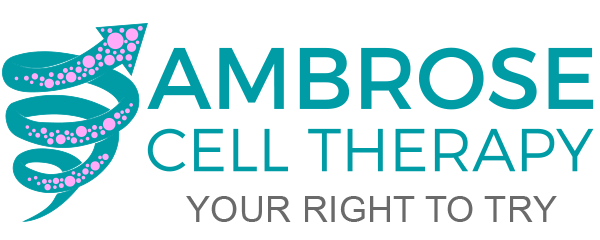A Golden Era of Cell-Assisted Diabetes Care
Amy’s Six-Year Patient-Reported Outcome Suggests So.
After living with severe diabetic neuropathy and fibromyalgia, in 2014, Amy, a then 24-year-old T1 diabetic, accessed the stem cells and other regenerative cells in her fat (adipose tissue) to improve her quality of life. That single treatment of adipose-derived regenerative cells (ADRCs) marked the turning point in Amy’s battle with diabetes. Amy’s every day went from being ruled by her foot pain to playing soccer, hiking the Grand Canyon, and living life to the fullest.

Amy didn’t go on a highly restrictive diet or make radical lifestyle changes on her way to improved symptoms, function, and quality of life. That isn’t to say those tools aren’t helpful for some; Amy just didn’t need them after cell therapy. Neither are we saying that her food choices and exercise regimens weren’t healthy; they just weren’t extreme.
To put Amy’s patient-reported outcome in perspective, let’s contrast it with the standard of care for chronic disease. A single dose of medicine rarely, if ever, provides lasting benefits. We often take prescribed drugs for life – unless they don’t work or the side-effects are not bearable by the patient.
Seniors, on average, take seven medicines and see seven doctors per year.

Those pursuing a more natural route take supplements daily, repeat integrative therapies for extended periods, go to the chiropractor when their bones and muscles go out of tune, and so forth.
The standard of care for people living with diabetes, concurrent with other diseases (co-morbidities) requires the patient to take multiple drugs daily to address each condition.
Not to be glossed over, Amy’s improvement for multiple morbidities resulted from a single, same-day treatment with ADRCs. Her benefits from cell therapy have now spanned more than six years and continue. If Amy needs a repeat treatment at some point or another, her win would still indicate a new standard of care for patients living with diabetes is afoot.
Or, as better put by Amy, instead of living in constant fear of her next flare, she can dream again. Broadly speaking, ADRC-based treatments bring creditable hope to people living with diabetes and related illnesses.
Notably, other tools can provide significant benefits to people with diabetes. For people living with T1D like Amy, continuous glucose monitoring (CGM) paired with an automated insulin pump makes a positive difference. For those with T2d, diet and managing blood sugars with CGM can change the disease’s progression or, if caught early enough, reverse it.
Amy’s self-cell therapy (using ADRCs) changed the course of her life. Her results and others like her signal that a Golden Era of Diabetes Care has begun.
You can find Amy’s Patient-Reported outcome here.
